B2C refers to the process of companies or businesses selling to individual consumers. It can be consumers buying clothes, perfumes, or subscribing to courses or services from your company. Depending on the type of business, you need to have a specific approach to build brand awareness. After this, the next step to kick-start sales is lead generation. B2C lead generation is all about finding new prospects interested in your product, engaging them, and then turning them into a potential buyer.
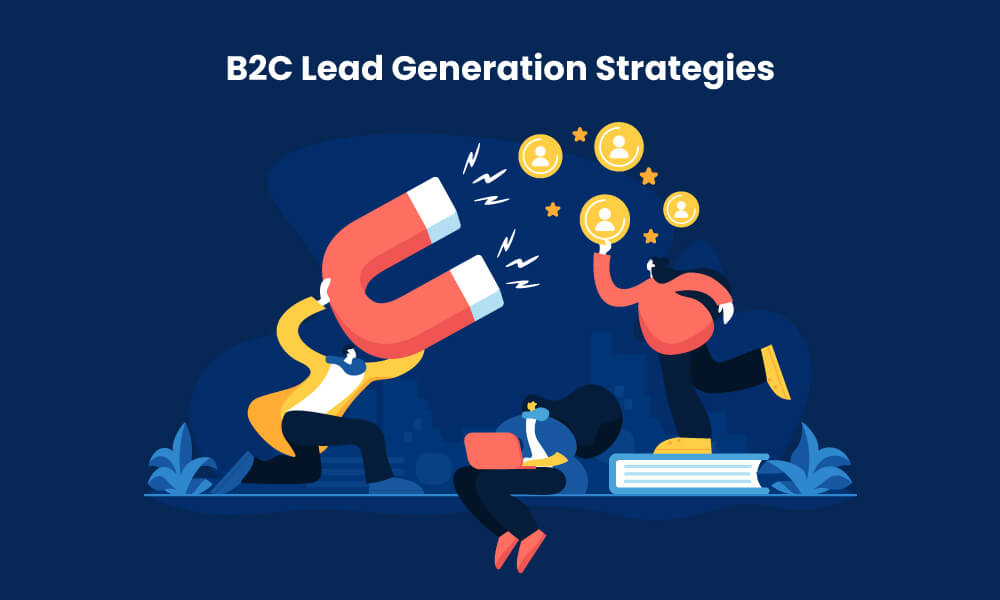
In this article, we will talk about the top ten B2C lead generation strategies to help you generate more qualified leads and close more deals. But first, let us look at the challenges that impede your efforts.
B2C lead generation challenges
There may be times when you try your best, but your website or campaigns do not generate an adequate amount of leads, or the lead-quality is not as per your expectations. There could be multiple reasons behind this. It could be due to offers or ad copies that are not attractive enough, landing pages that aren’t relevant. Incorrect use of forms or confusing content can be another issue affecting your lead generation efforts. So, building the right B2C lead generation strategy and ensuring that every part of your campaign follows the set approach is critical for companies.
Without a lead generation strategy that is properly thought through, your company will struggle to make sales and expand at an acceptable pace. Traditional lead generation strategies that focused on one-way communication will not cut it in the connected world of today.
So, let us dive into successful lead gen techniques apt for contemporary tech-savvy customers.
B2C lead generation strategies
Successful lead generation is an outcome of your strategies that resonate with your target audience. By tailoring these strategies in a way that the audience turns into potential buyers, you can notice a considerable increase in sales. These strategies can both fulfill short-term goals and build a pipeline of potential customers into your business.
1. Use gated content
Gated content is a means of providing valuable information in exchange for the customer’s details. Here, customers are supposed to fill in details in exchange for a better picture of the product they are looking to buy. This technique helps in identifying and channelizing your prospects. The use of gated content is a tried-and-tested tactic for over a decade now, and many expert marketers still vow by it.
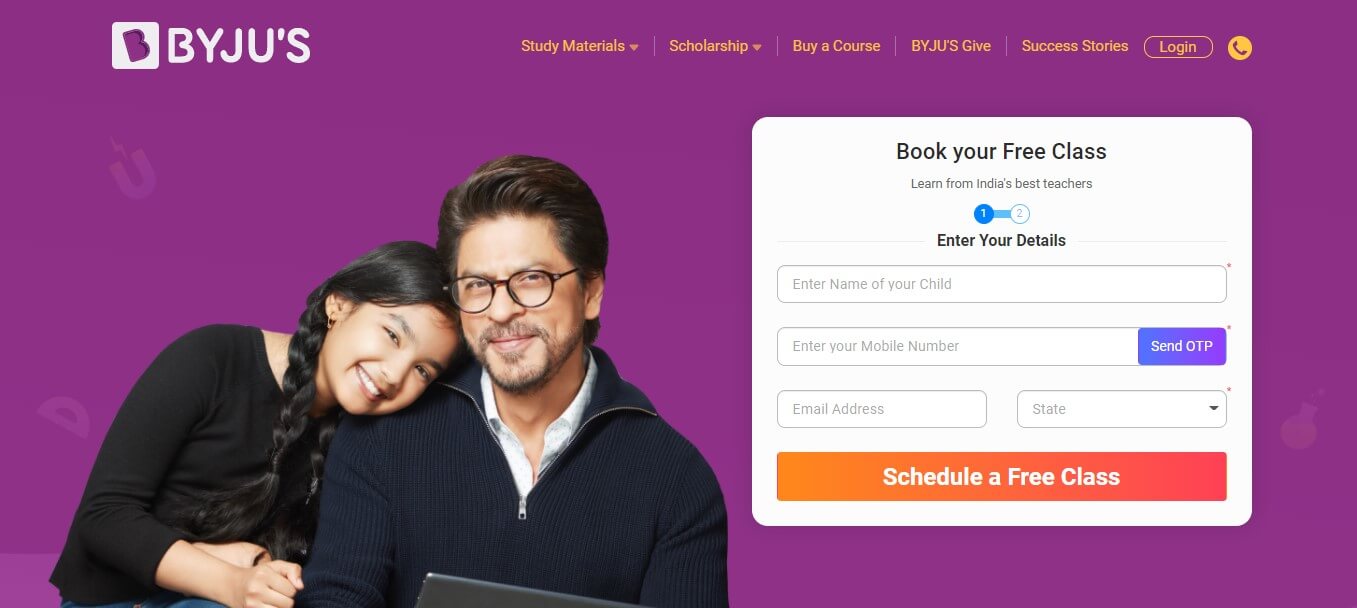
2. Produce video content
Crisp content always tops the lead generation strategy. However, these days people are also reaching out to their customers in the form of videos. Do your customers have confusion with the product? And do you have a solution to their problems?
If such is the case, then present the solution to the problem through a series of videos. Nowadays, people spend more time on the internet. Of all the forms of content that customers consume, video tops the list. For instance, 85% of the people in the United States who use the internet watched video content online.
The following are the most popular categories of videos on YouTube. If your product/services fall in any of these categories, start leveraging the power of video-content right away!
- Funny animals
- Video game walkthroughs
- How-to guides and tutorials
- Product reviews
- Celebrity gossip
- Vlogs
- Comedy/sketch videos
- Shopping hauls
- Unboxing videos
- Educational videos
Spending efforts in creating useful video tutorials will not go in vain. Plus, the visual representation of an idea works much better than written content.
Now, when your end goal is to generate leads, include a CTA (call-to-action) at the end of the video. For example, you can ask viewers to comment on their questions. Or you can ask them to visit a product page. Another way to generate leads and engage with viewers is to ask them to participate in a survey.
3. Content marketing and SEO
Every marketer is familiar with the term content marketing. But only a few know to use it effectively. Accurate, crisp, and high-value content is very critical to your B2C lead generation strategy. Marketers can employ content filtering to create relevant content that hits the right audience and keeps them engaged. Customers are attracted to consistent, on the spot, and valuable content rather than content that is bland and fills up pages. You need to remove redundancies and add only the necessary information.
Your goals should be to attract targeted visitors, engage them, make them your brand advocates, and gain the trust of your customers.
Also, SEO is an unavoidable part of content marketing. Quality SEO content matters in generating better leads. Search engine rankings can lead to a surge in organic traffic. Although SEO can be a part of your long-term lead generation strategy, it helps you create footprints in the web-world. This is something that distinguishes SEO from paid advertising campaigns. While you can drive immediate ROI from paid campaigns, SEO increases the visibility of your site, which in turn generates more leads and customers.
The following are some of the content marketing and SEO best practices for optimizing your website for lead generation.
- Use keywords strategically. For example, if you sell books, then terms such as “best books for kids” can be relevant for your product/category pages.
- Use data markups to help search engines identify your content. For example, products, recipes, news articles, lists, and how-to guides are the popular data markups for pages.
- Market your product on product review sites and online marketplaces.
- Distribute your content on social media so that people with relevant interest come to know about your products/services.
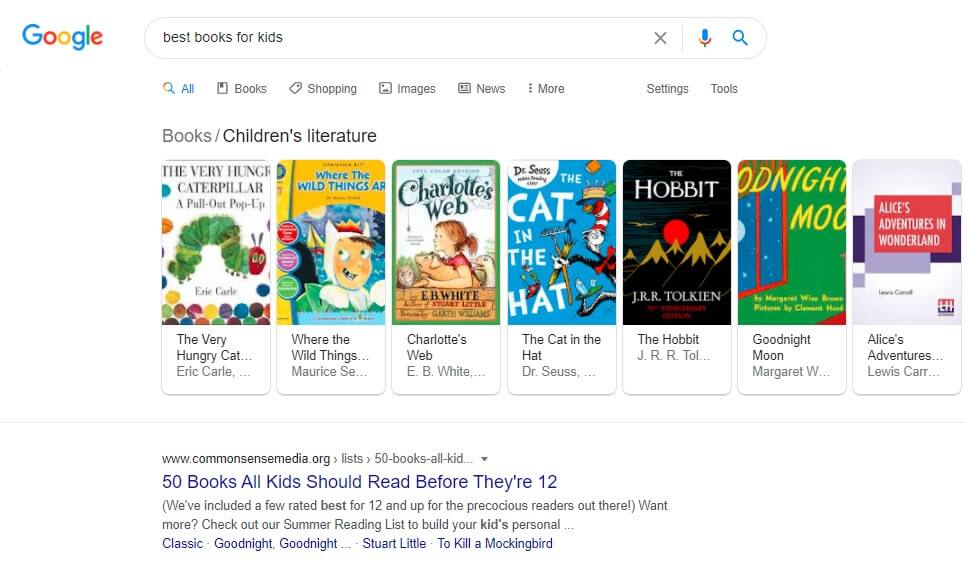
4. Personalize email marketing
If you see from the recipient’s point of view, receiving an unrelated email can be annoying. Hence comes the concept of personalization.
Personalized emails increase open rates by nearly 328% and click rates by 543%. A small gesture such as adding the name of the recipient can go a long way in nurturing your leads.
Here is how you can personalize email communications to your prospective customers.
- Use automation to send a response when someone sign-ups for your newsletters or product information. People expect communication from brands when they provide their email address.
- Segment leads based on their interests.
- Personalize the subject line.
- Include the recipient’s name and organization or any other relevant personal information in the body text at least once.
- Don’t bombard your leads with emails every day. It will dilute their interest in your brand/product/services.
- Select a suitable time for sending emails. You can gauge this through your marketing automation software. Email marketing automation suite tracks different metrics for email campaigns such as open rates, link clicks, time, location, bounce rates, etc. All you need to do is to identify the time that has the most email open rates.
- Optimize your email for mobile.
- Link relevant product pages in your emails. Do not redirect your leads every time to the home page.
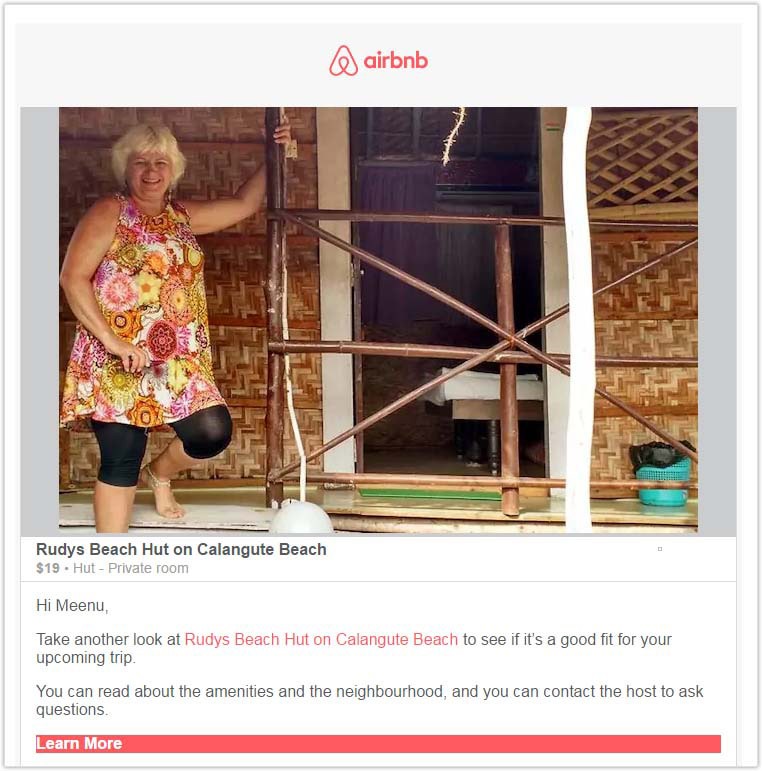
5. Paid advertisements
You might have also encountered this. While searching for a particular product online, ads of a similar product start appearing on the websites you browse, social media you use, and more. It is because marketers run paid advertisements across different channels and devices based on your in-market preferences and interests. But please note, each platform has its unique audience persona.
For example, people use Facebook and Instagram for leisure. Therefore, if your brand sells apparel, cosmetics, travel-related products, then these channels are the best for advertisements. On the other hand, people use LinkedIn mostly for professional networking. Therefore, advertising a holiday tour package might not generate as many leads. But, if you are into the EdTech business, then you can advertise your courses on LinkedIn.
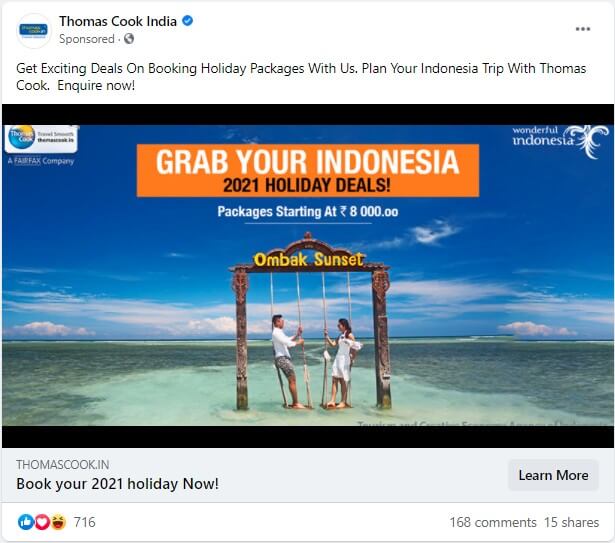
6. Optimize your web pages
Your website and landing pages play a significant role in any lead generation strategy. Inferior websites can be a reason why you are not generating leads as expected. Your websites and landing pages should be the best – both technically and visually.
You need to take care of your site’s loading time, aesthetics like whether customers can navigate it, and does it have a clear call to action, and more. These points are crucial because you will be at a loss if a prospect clicks on your ad and leaves the website without any activity.
Using quality images, including call-to-actions, having only relevant and updated content, and social proof like customer reviews, are critical for your website.
However, optimizing web pages can be complex, demanding a range of technical skills and comprehensive knowledge of website management. To simplify this process and ensure optimal results, it’s advisable to collaborate with a reputable website performance optimization company. Leveraging their extensive experience and specialized skill set, they can efficiently implement best practices and enhance your website’s performance with ease.
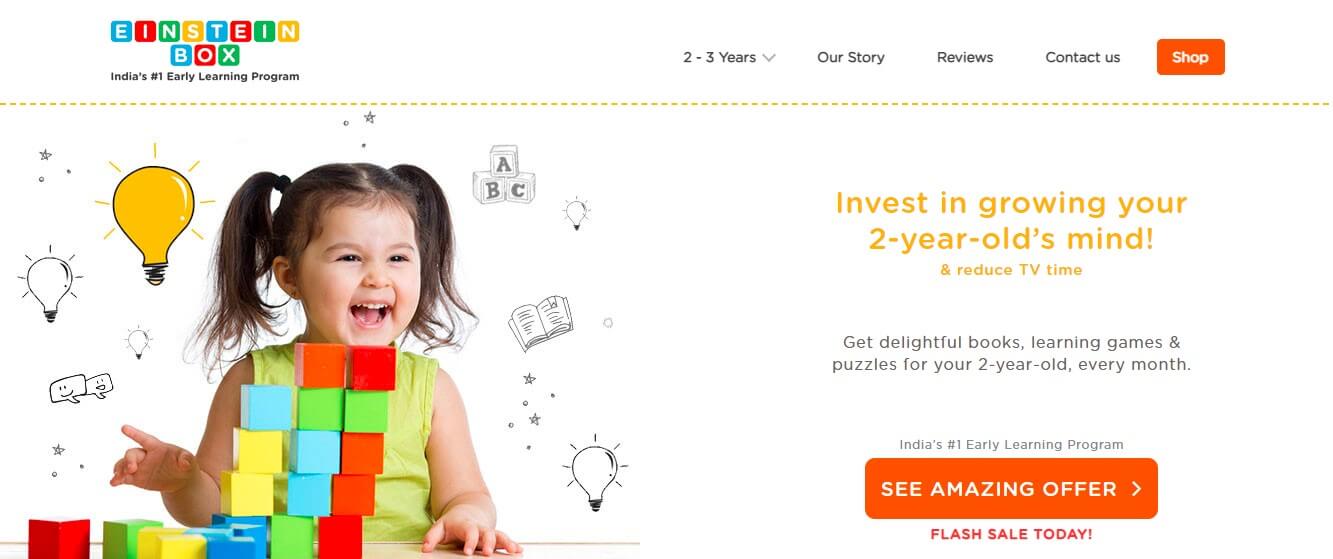
7. Social listening
Social listening is not eavesdropping. It is listening to the customers who have an opinion about your product/services or your brand.
If you know the perceptions of customers, you can improve your product accordingly. Or say, a particular product is becoming popular among teens, then you can strategically align your marketing to those groups.
There is another benefit of social listening. You can identify your competitors and if rumors led to negative brand perception. By knowing this, you can take measures for damage control.
In terms of B2C lead generation, you can engage with people on social media, answer their queries, and build trust for your product.
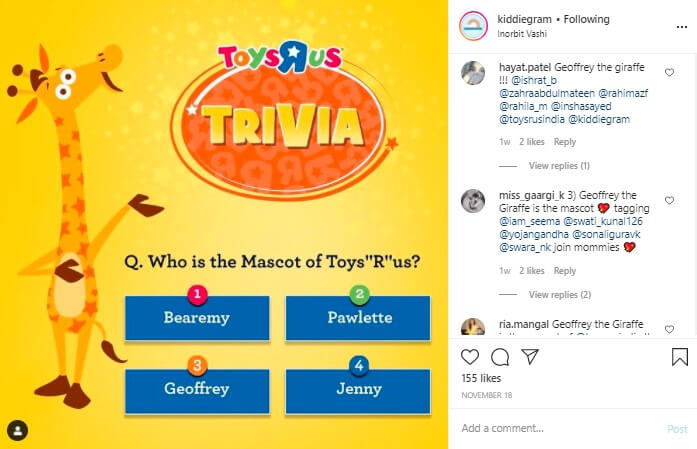
8. Cross-promote email marketing and social media
You may have different sets of audiences in your email list and on social media. The chances of your audience in each of the platforms following the other is less. It also indicates that if your prospect is not responding to you on emails, then you can approach him/her via social media.
Now, this is where cross-promotion can help. Missing out on cross-promotions means missing out on sales opportunities. Cross-promotion leads to an increase in customers and helps in growing your audience.
There are several methods you can use to connect these platforms. Social share buttons and subscribe links are the most common ones. Your email marketing and social media teams can work together to develop interactive content for audiences. Many people think that more number of followers on social media should mean more business. However, the number here does not mean more leads. But yes, how engaged your followers are with your products matters.
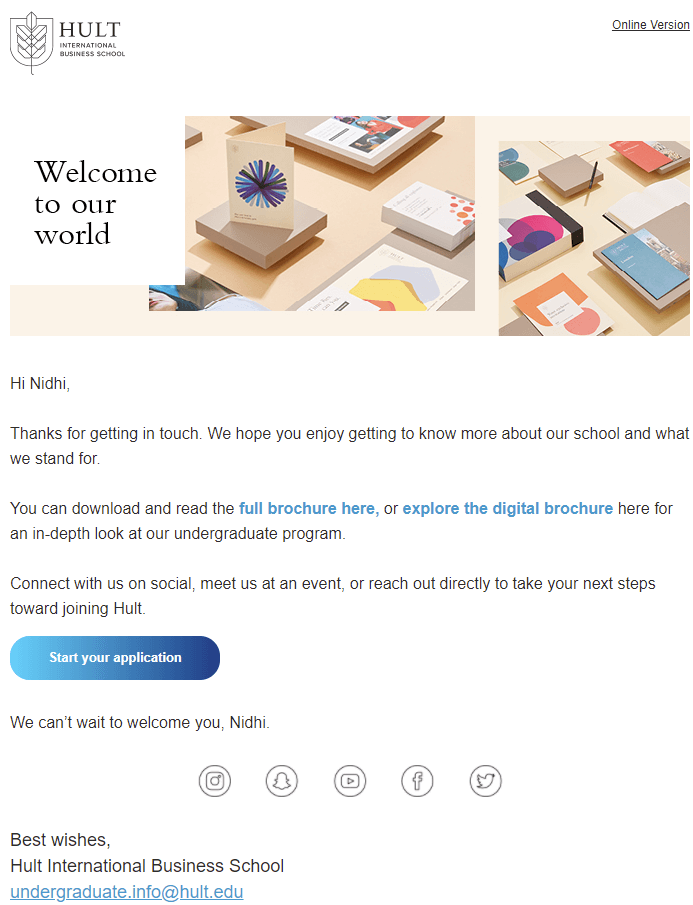
9. Invest in analytics
You might have noticed that sometimes your website experiences a large number of visitors, but the conversion rate is less. Now, you might not know the reason behind it. There could be several reasons for not getting enough leads. Some of these are:
- Are visitors unable to navigate through the website?
- Are they landing on irrelevant pages?
- How many people left the website without any action?
- Are your product descriptions not clear?
- Is the CTA missing?
Analytics can be of great use to identify these gaps. Plus, you need not mine through thousands of rows of excel sheets to derive some meaningful insight. Your CRM software (customer relationship management) can do it for you.
All you need is to think of the metrics that are useful for your business. Such as:
- What are the factors that can affect lead generation?
- Which are the sources that are bringing you more leads?
- What can you do to increase lead volumes from these sources?
The analytics in CRM tools can help you with decision-ready insights without the need for struggling with excel sheets and filters. Therefore, you can make the right move in your lead generation strategies.
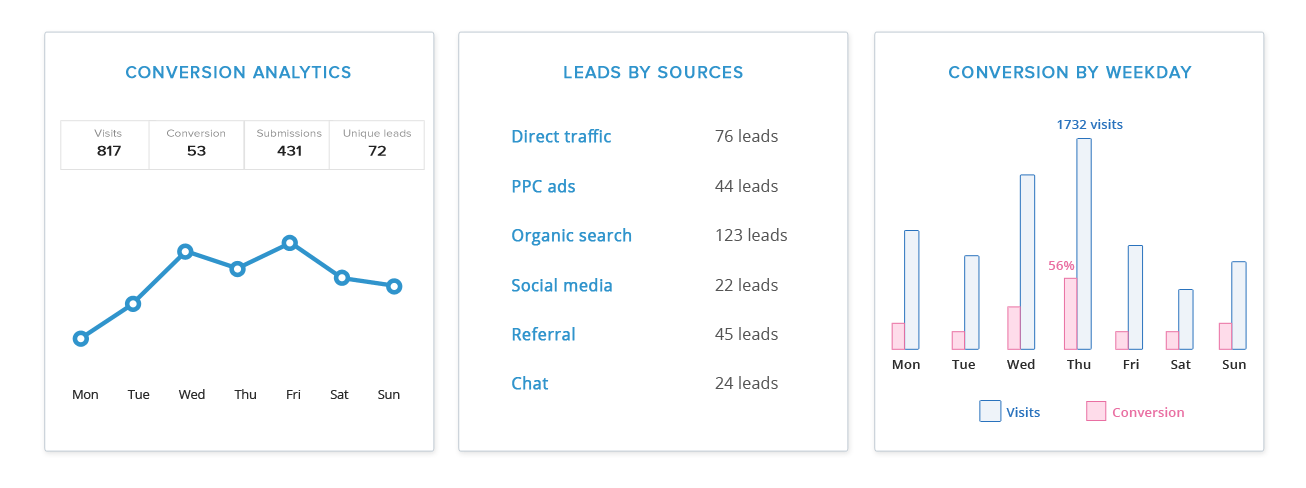
10. Chatbots
Chatbots with NLP (Natural Language Processing) capabilities can converse with customers like humans. It frees your sales and marketing teams for sophisticated tasks and collects the customers’ requirements/problems on their behalf. Thus, enabling you to understand customer needs and render the perfect service to them.
Customer studies reveal that people sometimes hesitate to fill a form on your website. But they are comfortable chatting with a bot to get instant answers to their queries. Therefore, investing in chatbots can help you increase your lead count in the comfort of your customers.
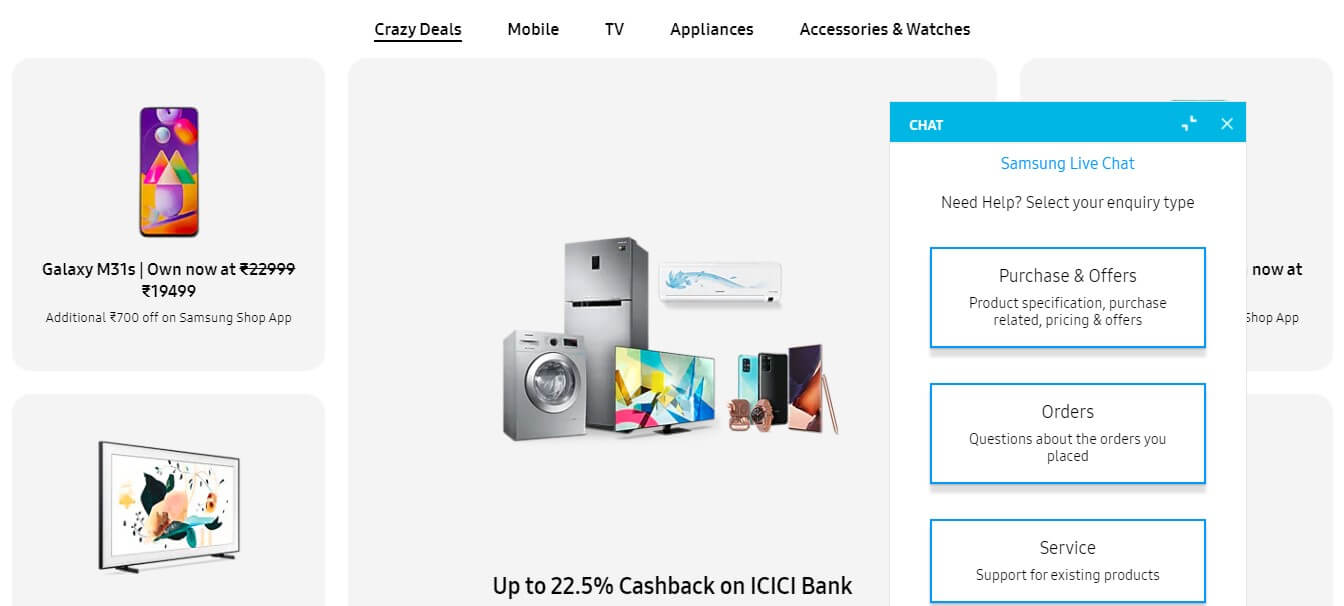
Final thoughts
B2C lead generation is not at all complex. A reliable source of new leads is crucial for your business. The lead generation ideas you choose lays the foundation for the future of your company. Implement the above methods and follow a well-planned strategy for improved lead generation.
If you are looking for a solution that can streamline your lead generation and management processes, then you must try LeadSquared CRM once.
B2C lead generation FAQs
People mostly use chatbots, landing pages, cold emailing, social media marketing, and PPC ads to generate leads in B2C.
B2C lead generation is the technique of finding prospective buyers for consumer-facing businesses. It involves sales and marketing activities to help customers find your business and help you find target customers.
There are two main types of lead generation strategies: outbound (cold calling, email marketing, attending events, and visiting prospects in-person) and inbound (SEO, social media marketing, PPC advertising, etc.).
[Also read: The expert strategy to improve B2C sales]








![11 Highly Effective Debt Collection Call Scripts [As Per FDCPA] 12 Debt Collection Call Script Samples](https://www.leadsquared.com/wp-content/uploads/2021/11/Debt-Collection-Call-Scripts-80x80.jpg)